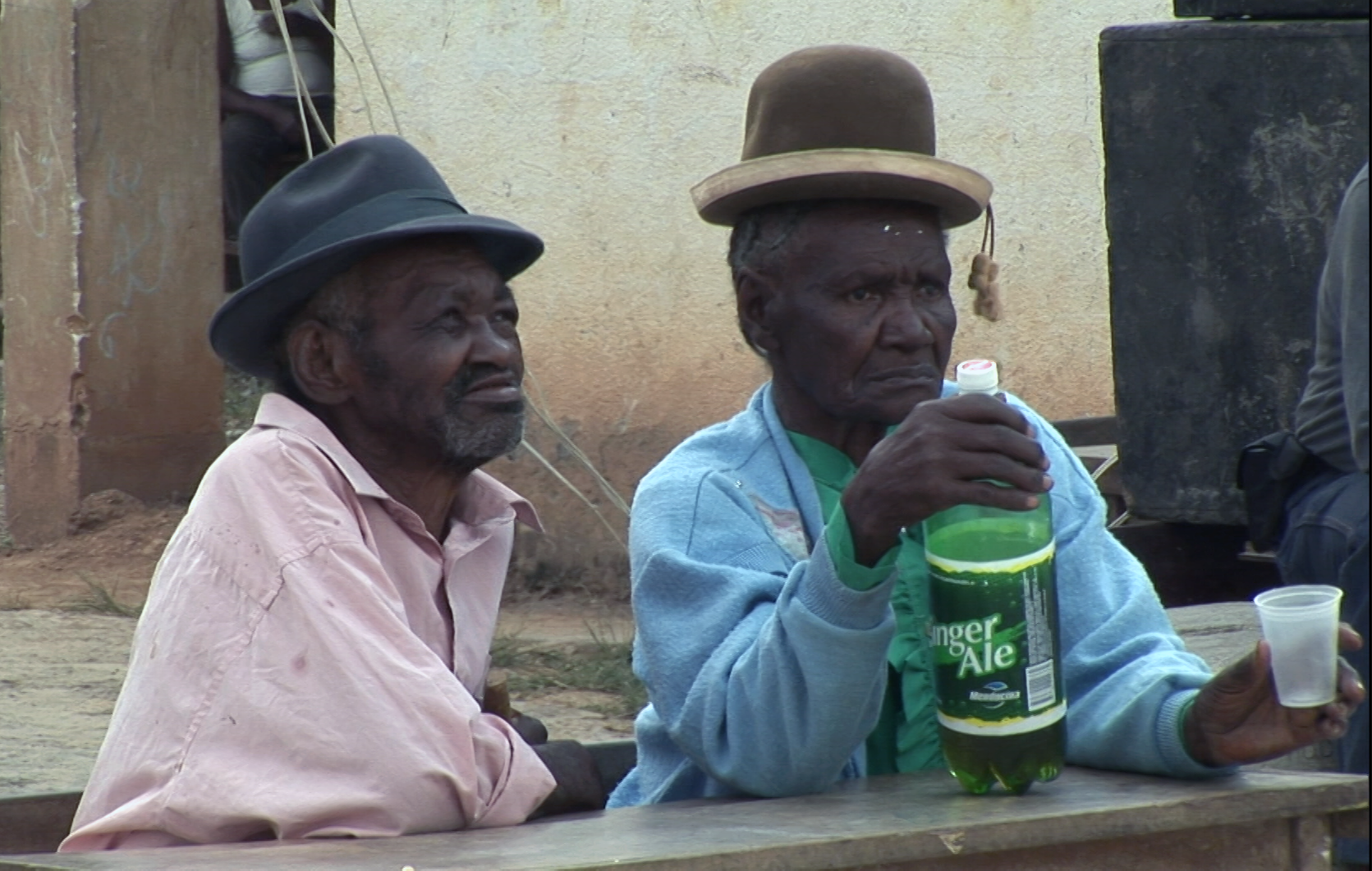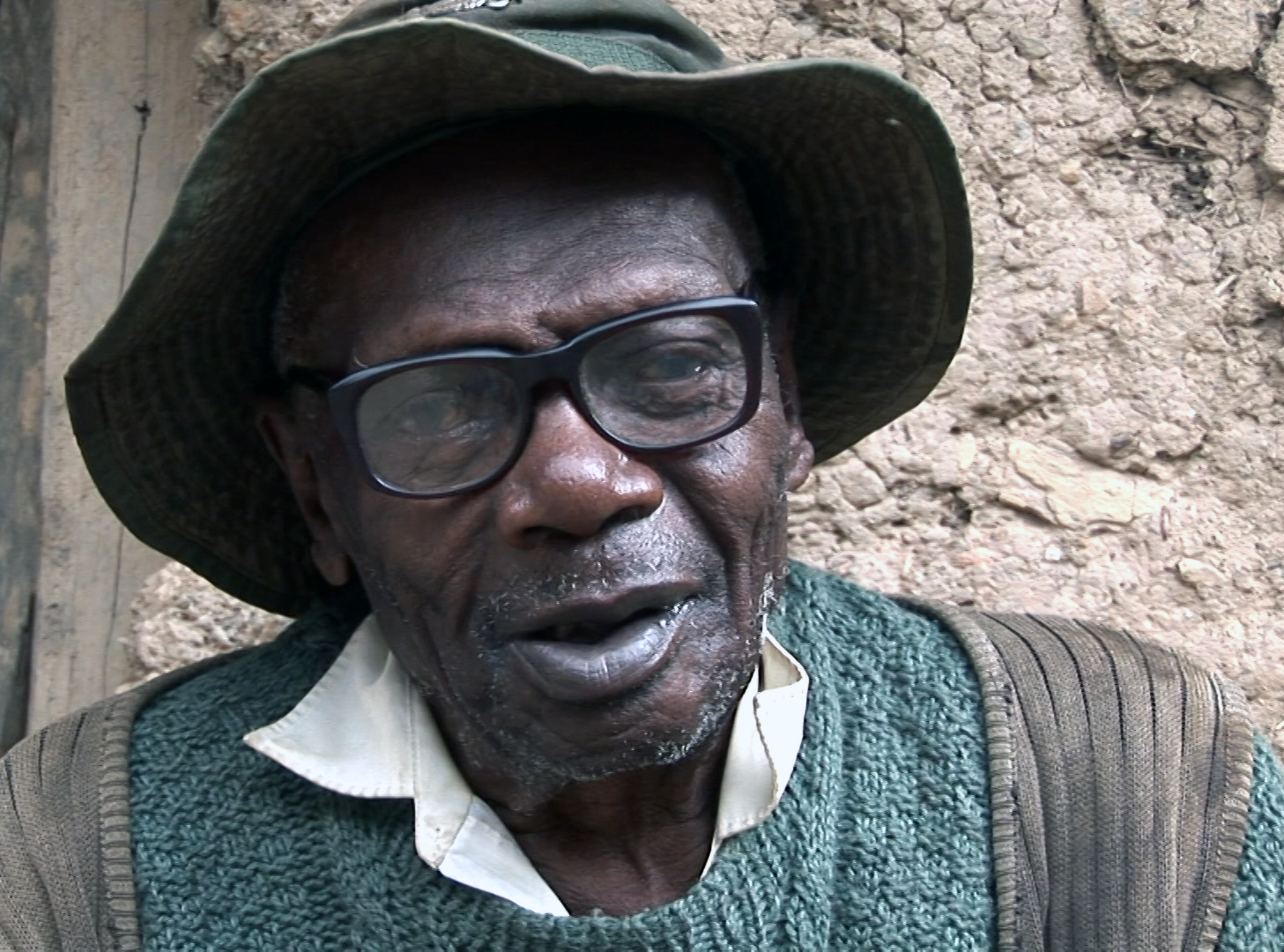
Saya:
Dance and Survival in an Afro-Bolivian Village
Saya, the dance and song form Afro-Bolivians use to keep their culture alive and resist oppression.
In the coca-growing heartland of Bolivia, slavery and liberation are matters of living memory. We visit the town of Tocaña, where Afro-Bolivians were enslaved until 1952, and local people still perform dances rooted in their African heritage. Saya highlights the dilemmas of survival of an endangered subculture in an era of globalization.
Released 2012
Festivals
Cine las Americas
Latin American Studies Association Film Festival
San Diego Black Film Festival
Pan African Film Festival,
Africa World Documentary Film Festival
The Afro-Bolivians, as they’re known, are descendants of the African slaves brought to the Andes by the Spanish conquistadors. Bolivia did not abolish the last vestiges of slavery until 1952, and the Afro-Bolivians continue to face racism and poverty. Sadly, the population lacks political muscle—in one of the film’s most shocking moments, a black woman is shooed away from a polling station during a local election—and the national census does not even acknowledge the existence of this demographic group. Coca farming has been one of the few areas where the people can thrive, but it’s been threatened by American pressure due to the plant’s use in producing cocaine. Saya also holds out hope that unique Afro-Bolivian cultural expressions, particularly the titular dance that originated in Africa, can break down racial barriers. In one of its most buoyant moments, an all-black dance group entertains the multicultural participants at a regional festival, resulting in a happy mix of folks of different heritages literally dancing in the streets. Recommended (3 stars).
Video Librarian (P. Hall)


